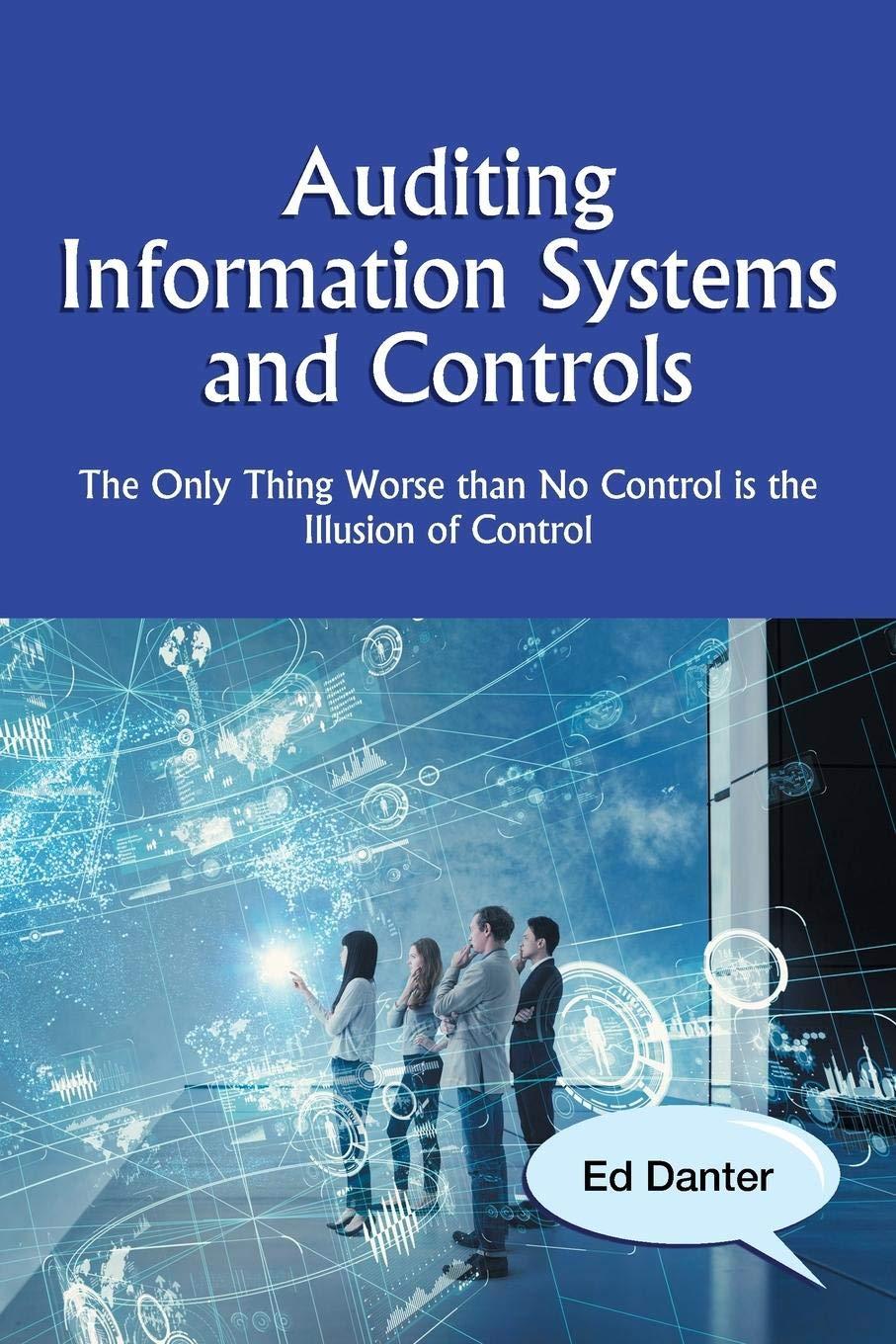
Q1. Timothy is graduating from an undergraduate economics program. He currently has a job offer from the federal government, which is worth $2 million (in PV) to him over his lifetime. He is considering to attend a graduate program. With a graduate degree, the government job will be worth $4 million to him due to higher salary (in PV). The cost of the graduate education is $1.2 million. However, if he attends the graduate program, there is 45 percent possibility that the government will not hire him. If that happens, Timothy will work for some other job, which is expected to be worth $2 million over his lifetime in PV). a) Draw a decision tree reflecting the decisions the student can make and the payoffs from those decisions. Carefully distinguish between chance nodes and the decision nodes in the tree. b) Assuming that the student is a risk-neutral decisionmaker, should the student go to a graduate school? What is the expected value associated with the optimal decision? c) Suppose instead of finding out about contract cancellation after the education decision, Timothy can find out now if the federal government will still hire him after his graduate degree. Draw a new decision tree corresponding to this new sequence of decisions and events. Assuming that Timothy is a risk-neutral decision maker, what should he do? Q1. Timothy is graduating from an undergraduate economics program. He currently has a job offer from the federal government, which is worth $2 million (in PV) to him over his lifetime. He is considering to attend a graduate program. With a graduate degree, the government job will be worth $4 million to him due to higher salary (in PV). The cost of the graduate education is $1.2 million. However, if he attends the graduate program, there is 45 percent possibility that the government will not hire him. If that happens, Timothy will work for some other job, which is expected to be worth $2 million over his lifetime in PV). a) Draw a decision tree reflecting the decisions the student can make and the payoffs from those decisions. Carefully distinguish between chance nodes and the decision nodes in the tree. b) Assuming that the student is a risk-neutral decisionmaker, should the student go to a graduate school? What is the expected value associated with the optimal decision? c) Suppose instead of finding out about contract cancellation after the education decision, Timothy can find out now if the federal government will still hire him after his graduate degree. Draw a new decision tree corresponding to this new sequence of decisions and events. Assuming that Timothy is a risk-neutral decision maker, what should he do







